Chestnut squash, often referred to as “kabocha squash” in some regions, is a winter gourd celebrated for its sweet, nutty flavor and velvety texture. This versatile vegetable is a staple in kitchens worldwide, prized for its ability to transform into soups, roasts, and even desserts. However, selecting the perfect chestnut squash requires more than just grabbing the first one you see. This guide will explore the nuances of choosing a chestnut squash that guarantees exceptional taste and quality, ensuring your culinary creations shine.
Understanding Chestnut Squash: A Brief Overview
Before diving into selection tips, it’s essential to grasp what makes chestnut squash unique. Botanically classified as Cucurbita maxima, this squash variety is native to East Asia but has become a global favorite. Its thick, bumpy skin ranges from deep green to grayish-blue, often with streaks of orange or yellow. The flesh is vibrant orange, dense, and remarkably sweet, with a texture reminiscent of roasted chestnuts—hence its name.
Chestnut squash is rich in vitamins A and C, fiber, and antioxidants, making it a nutritious addition to any meal. Its natural sweetness intensifies when cooked, offering a caramelized depth that pairs beautifully with spices like cinnamon, nutmeg, and ginger. However, achieving this flavor profile hinges on selecting a squash at its peak ripeness.
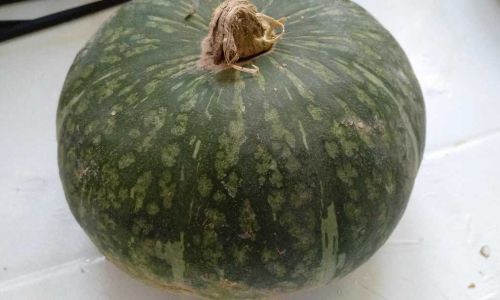
Key Visual Cues for Selecting Chestnut Squash
Skin Texture and Color
The skin of a ripe chestnut squash should be dull, not shiny. A glossy exterior often indicates an underripe or prematurely harvested gourd. Look for a rough, matte finish with slight variations in color. The presence of orange or yellow patches is a positive sign, as these areas develop as the squash matures. Avoid specimens with blemishes, soft spots, or mold, which may signal spoilage.
Stem Integrity
A healthy chestnut squash will have a firm, dry stem. The stem, or “handle,” should be intact and brownish-gray. If the stem is missing, broken, or moist, the squash may have been stored improperly, increasing the risk of bacterial growth. A sturdy stem also suggests the gourd was harvested at the right time, as farmers often leave stems intact to extend shelf life.
Shape and Size
While chestnut squash comes in various sizes, opt for medium-to-large specimens (typically 3–5 pounds). Smaller squash may be underdeveloped, while overly large ones could be fibrous or watery. The ideal shape is round to oval, with a slightly flattened appearance. Avoid irregularly shaped gourds, as they may have uneven ripeness.
The Tactile Test: Weight and Firmness
Weight Matters
A ripe chestnut squash should feel heavy for its size. This density indicates high water content and fully developed flesh. When comparing two squash of similar dimensions, choose the heavier one—it’s likely juicier and sweeter.
Pressure Test
Gently press your thumb into the skin. It should yield slightly under pressure but not feel soft or mushy. Overly firm squash may be underripe, while soft spots suggest rot. Pay special attention to the blossom end (opposite the stem); this area is prone to spoilage.
Auditory Clues: The Thump Test
Hold the squash to your ear and tap it lightly. A ripe chestnut squash will produce a hollow, resonant sound, similar to a drum. A dull thud indicates underripeness, while a high-pitched ring may signal overripeness. This method requires practice, but mastering it can significantly improve your selection skills.
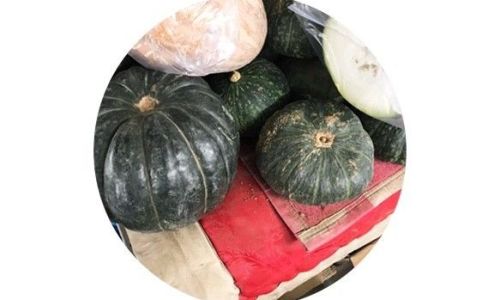
Seasonal and Environmental Considerations
Chestnut squash is a winter vegetable, meaning it thrives in cooler climates and is harvested in late summer to early fall. Purchasing squash in season ensures optimal flavor and freshness. However, modern agriculture allows year-round availability. When buying out of season, prioritize squash from regions with mild climates, as they are less likely to suffer from frost damage.
Storage and Aging: How It Affects Flavor
Proper storage is critical to preserving chestnut squash’s quality. Store uncut squash in a cool, dry place (ideally 50–55°F or 10–13°C) away from direct sunlight. Avoid refrigeration, as cold temperatures can cause chilling injury, leading to premature spoilage.
A well-stored chestnut squash can last up to three months. As it ages, its starches convert to sugars, enhancing sweetness. However, overaging can result in a stringy texture. Check for signs of deterioration weekly, such as shriveled skin or foul odors.
Common Pitfalls to Avoid
- Ignoring the Stem: A missing stem is a red flag for potential contamination.
- Overlooking Soft Spots: Even minor dents can harbor bacteria.
- Choosing Shiny Skin: As mentioned, shine often equals underripeness.
- Storing Improperly: Refrigeration or damp environments accelerate decay.
Culinary Applications: Maximizing Flavor
The way you prepare chestnut squash significantly impacts its taste. Roasting concentrates its natural sugars, while steaming preserves moisture. For soups or purees, consider baking the squash whole to retain nutrients. Always remove the skin before consuming, as it’s tough and inedible.
Nutritional Benefits and Health Perks
Beyond its culinary versatility, chestnut squash is a nutritional powerhouse. A one-cup serving provides:
- 137% of the RDI for vitamin A
- 32% of the RDI for vitamin C
- 14% of the RDI for potassium
- 7 grams of fiber
Its antioxidants, such as beta-carotene, combat inflammation and support immune health.
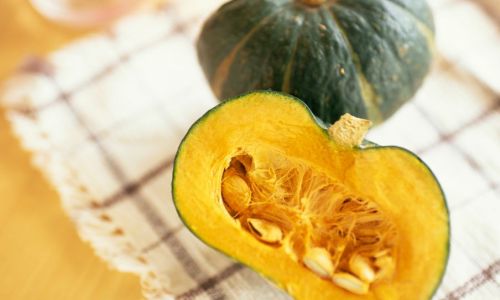
Where to Buy: Farmer’s Markets vs. Supermarkets
Farmer’s markets often offer locally grown, vine-ripened chestnut squash with superior flavor. Supermarkets, while convenient, may stock squash harvested prematurely for extended shelf life. If purchasing from a grocery store, inspect the produce section’s temperature—ideally, squash should be stored at room temperature, not chilled.
Advanced Tips for Enthusiasts
- Heirloom Varieties: Explore rare cultivars like “Hokkaido” or “Red Kuri” for unique flavor profiles.
- Fermentation: Experiment with pickling squash slices for a tangy twist.
- Seed Roasting: Save and roast seeds with olive oil and sea salt for a crunchy snack.
Troubleshooting Common Issues
- Mushy Flesh: Overcooking; reduce roasting time.
- Bland Taste: Underripeness; ensure proper storage to enhance sweetness.
- Stringy Texture: Overaging; use younger squash for smoother results.
Conclusion: The Art of Selection
Selecting the perfect chestnut squash is a blend of science and intuition. By evaluating skin texture, stem health, weight, and sound, you can consistently choose gourds that deliver unparalleled flavor. Whether roasted, pureed, or simmered into a hearty stew, a well-chosen chestnut squash elevates any dish. Embrace the seasonal rhythm, store with care, and savor the rewards of your discernment.
Final Thoughts
Chestnut squash is more than a vegetable—it’s a canvas for culinary creativity. By mastering the art of selection, you unlock its full potential, turning simple meals into gourmet experiences. So next time you’re at the market, apply these tips and taste the difference quality makes. Your palate (and your guests) will thank you.
This guide equips you with the knowledge to select, store, and savor chestnut squash at its finest. Happy cooking!
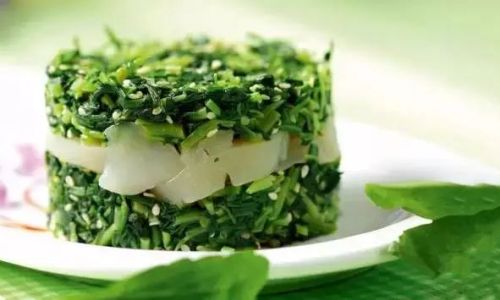
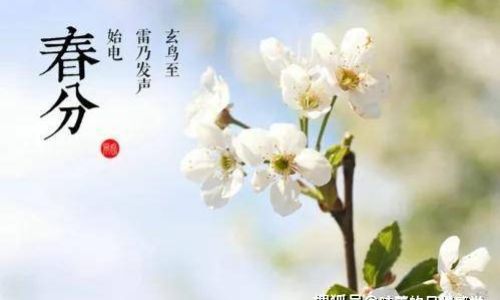
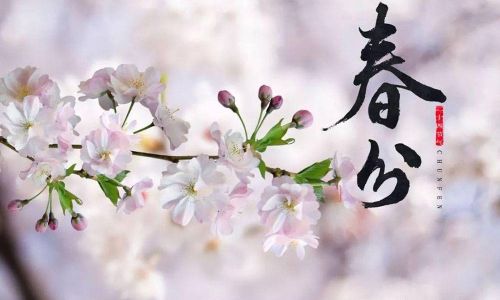
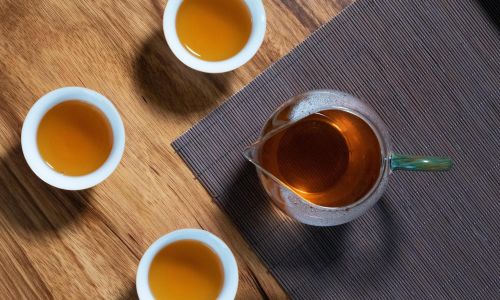
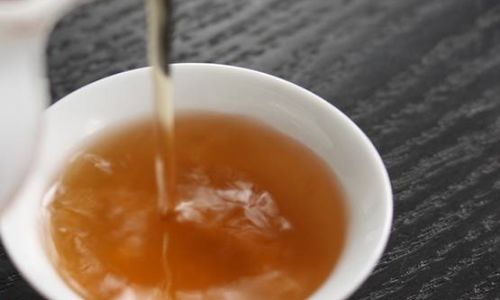
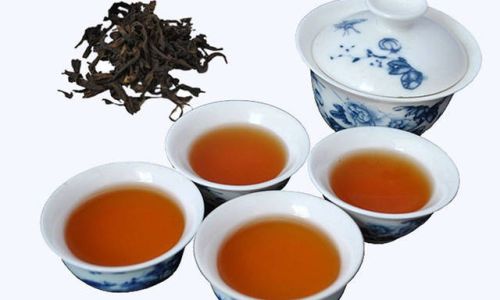
0 comments